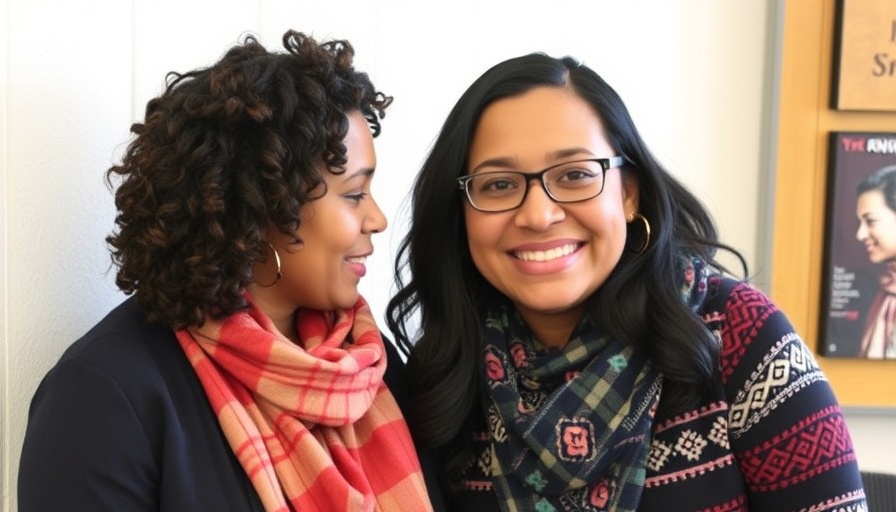
Embracing Accessibility: Ayisha Knight-Shaw's Mission
At the 2024 Smithsonian Folklife Festival, Ayisha Knight-Shaw illuminated an essential connection between Deaf culture and Indigenous practices through her pioneering work in accessibility.
The Power of Sign Language in Indigenous Spaces
As an Indigenous and Deaf individual, Knight-Shaw's unique perspective helps bridge gaps in understanding and inclusion. "My goal is to teach interpreters how to sign the way an Indigenous person would sign," she stated emphatically, highlighting the cultural nuances that exist within American Sign Language (ASL).
Her mission signifies a broader need for cultural awareness in sign language interpretation, especially at events like the Folklife Festival where diverse cultures intersect.
A Cultural Sign Language That Evolves
One fascinating aspect of Knight-Shaw’s role involves teaching a new sign for 'Indigenous' that demonstrates the deep connection to the land. By planting her fingers firmly into her other hand, she created a visual metaphor for belonging to one’s roots. This new sign reflects the dynamic nature of ASL, transforming with time and context, much like Indigenous cultures.
A Personal Journey Through Darkness and Light
Knight-Shaw recalls a poignant experience at the Womyn’s Music Festival in Michigan—a moment that epitomizes how accessibility can enrich cultural practices. In the sweat lodge, a traditionally dark space pivotal for personal storytelling, lights were brought in to enhance communication. "I was able to participate fully because of the interpreting that brought the stories to life for me," she shared. This blend of tradition and modern accessibility underscores the importance of inclusive practices in cultural spaces.
Creating Inclusive Spaces for Families
For parents raising children within Deaf or Indigenous communities, understanding the interplay of these identities can offer deeper insights into fostering inclusivity. Cultural travel and experiences can significantly shape a child's understanding and appreciation for diversity. When parents engage in cultural tours across Europe or embark on their own cultural journeys, they not only expose their children to different traditions but also teach them the value of accessibility and respect for all identities.
Cultural Travel: Navigating New Experiences Together
For families looking to combine adventure with education, exploring cultural sites can be highly rewarding. Whether visiting Indigenous reservations in the U.S. or discovering historic sites in Europe, these journeys provide an opportunity to reflect on the stories behind the cultures encountered. As Knight-Shaw demonstrated, there's immense value in learning and signing the narratives as much as hearing them.
Actionable Insights for Families
Integrating accessibility into activities may seem daunting, but Knight-Shaw’s experiences provide a roadmap. Parents can start by seeking out family-friendly events that offer ASL interpretation or are designed with inclusivity in mind. By participating in programs that respect diverse cultures, families can create lasting memories while learning invaluable lessons about empathy and inclusion.
Moving Forward: The Future of Accessibility in Cultural Spaces
As we progress, the advocacy for inclusive environments will surely evolve. With individuals like Ayisha Knight-Shaw leading the charge, there's hope that cultural festivals will continue to adapt and welcome diverse audiences. Her message is clear: accessibility is not just a service; it’s a bridge to understanding.
As parents, champions of change, and supporters of cultural inclusivity, the responsibility lies with us to educate our children about the rich tapestry of identities around us.
 Add Row
Add Row  Add
Add 




 Add Row
Add Row  Add
Add 

Write A Comment